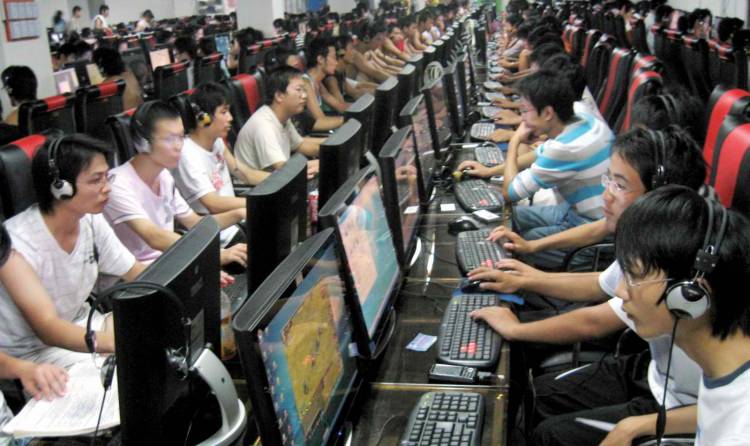Brazil, Russia, India, and China — this isn’t just a list of countries with better food than the United States. It’s a list of the countries that will lead PC and Mac gaming to new heights in the next three years.
PC gaming will top $24 billion in revenues by 2017, according to the International Data Corporation. That growth, however, will not come from North America. As casual gamers continue to abandon Facebook titles like Zynga‘s FarmVille and Blizzard’s subscription numbers keep dipping for World of Warcraft, North American PC gaming earnings are actually expected to slip.
Instead, IDC anticipates that countries like Brazil, Russia, India, and China — where the standard of living is on the rise — will help digital gaming on the PC grow by 5 percent each year through 2017. Computer gaming is going to have a much easier time in those nations as consoles like the Xbox One and PlayStation 4 aren’t ingrained in the market like they are in the States, according to IDC.
In fact, China still doesn’t permit console gaming even though it is currently considering revisions to its gaming regulation. That nation alone has a $13-billion gaming industry, with the bulk of that spending happening in PC games.
Regardless of where PC gaming is on the rise, IDC believes that the casual audience is evaporating while the hardcore audience is on the rise for free-to-play titles.
“Other than the casino genre, it’s been tough sledding for most casual-leaning PC game genres in the past year,” IDC research director Lewis Ward said in a statement. “Most of the growth is coming from hardcore-oriented freemium titles such as Tencent’s and Riot Games‘ League of Legends, Valve’s Team Fortress 2 and Dota 2,Wargaming’s World of Tanks, and a handful of Chinese massively multiplayer online role-playing games.”
The IDC forecast also takes into account the possibility that Valve’s Steam could begin taking over the living room with its Steam Machines. These are Linux-based PCs that connect to televisions and operate more like consoles.
“Demand for prepaid digital games should remain stable if not rise at the margins through 2017 partly because key developers, publishers, and platform providers will ramp up their offerings on HDTVs,” said Ward. “The difference between what PCs, consoles, microconsoles, and perhaps even smart TVs will be able to deliver three years from now will be mostly semantic. The platforms that outperform will have great games, a wise mix of business models, an ability to strain key customer insights out of a sea of big data, and offer great a social experience.”
VentureBeat's mission is to be a digital town square for technical decision-makers to gain knowledge about transformative enterprise technology and transact. Learn More






![Reblog this post [with Zemanta]](http://img.zemanta.com/reblog_e.png?x-id=9e0891a7-f09b-4953-a403-9cd0d0b5be0e)
